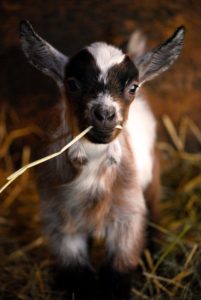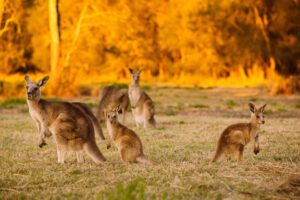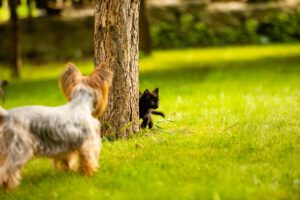11. Their wool is historic – The wools of the angora and cashmere breeds of goat are prized for their softness. Angora goats have been bred and their mohair fleece harvested since the 14th century BCE. Any goat can produce a cashmere coat, but those that produce a downy winter fur in high quantities are known as cashmere goats.
12. One goat is not a goat – The mountain goat (Oreamnos americanus) is not a true goat, and is not part of the Capra genus. Mountain goats fall into a different genus for many reasons; their mountain homes call for an extra woollen layer, and a different type of fur to defend against the cold, and both males and females are crowned with pointy horns.
13. You can tell their age – The rings on the horns of some goat breeds can give away their age, in much the same way as a tree trunk. Horns have one ring fewer than the years of the goat’s life. The rate of feeding can change horn renewal times, so it is less accurate for domestic goats.
14. Baby goats are called kids – Goats usually breed in the autumn, and the gestation period lasts around five or six months. It is most common for the nanny (female) goat to give birth to one or two baby goats, known as kids. Newborn kids weigh around 3.6 kilograms (eight pounds) and learn to walk within a day or two of birth.
- Goats can climb trees – Goats in Moroccoo
ften climb the native argan tree to snack on its nuts and leaves. They are popular with argan farmers as they help fertilise the ground underneath.














